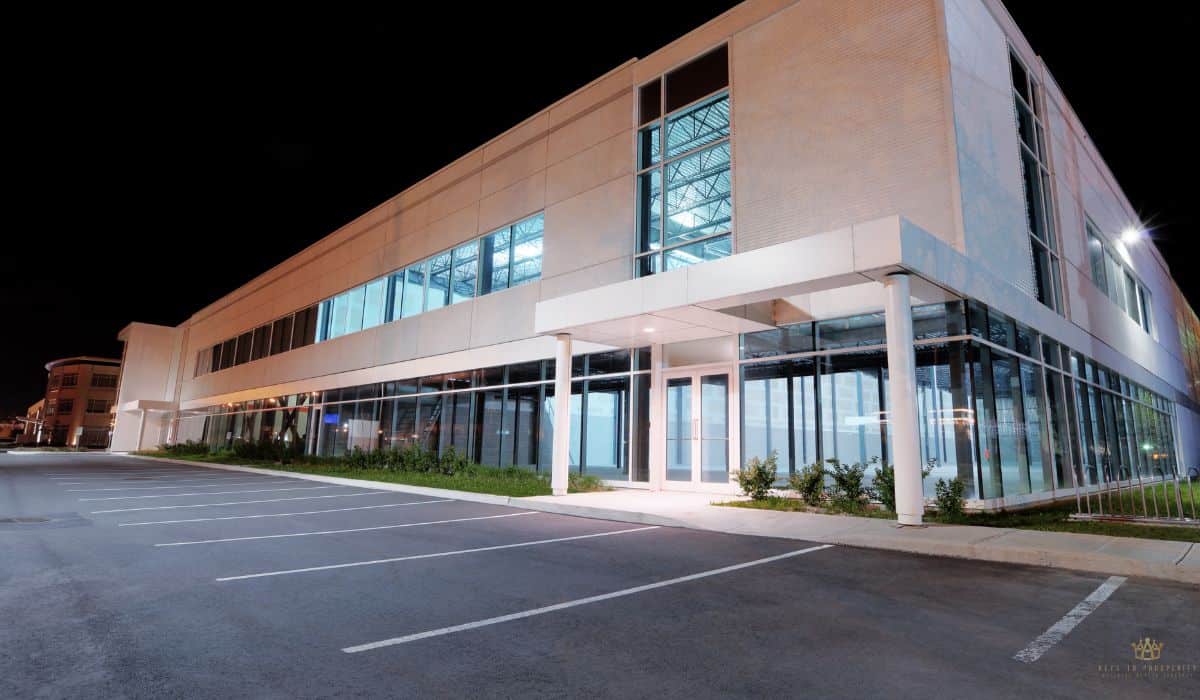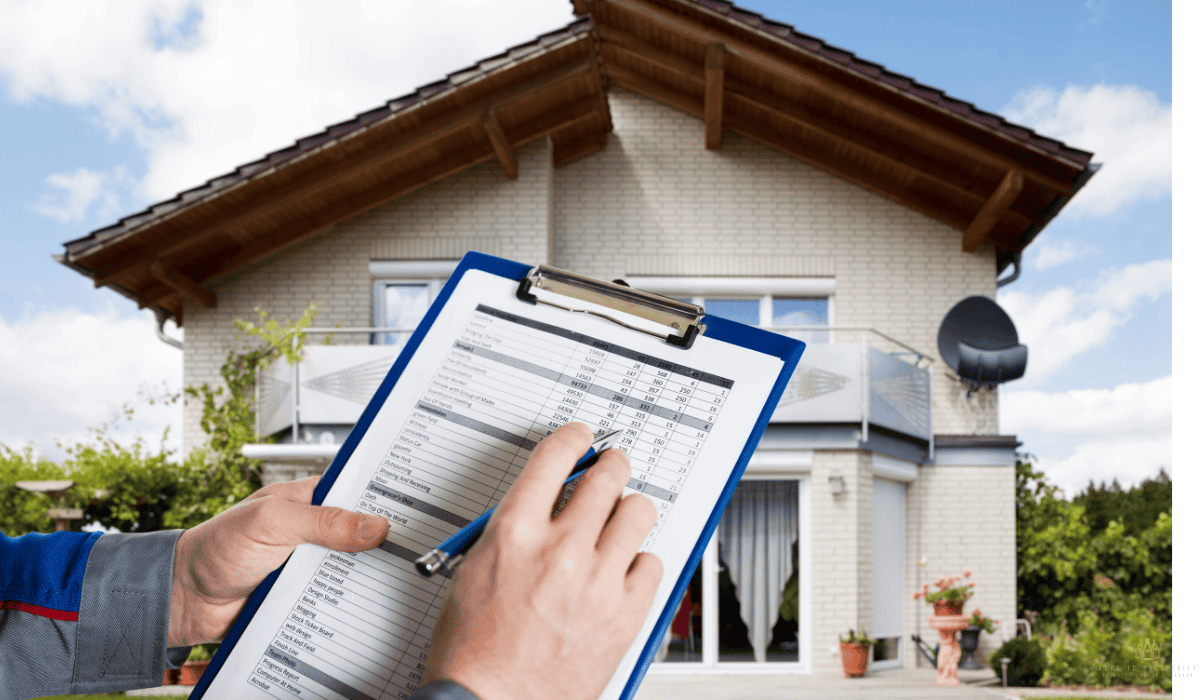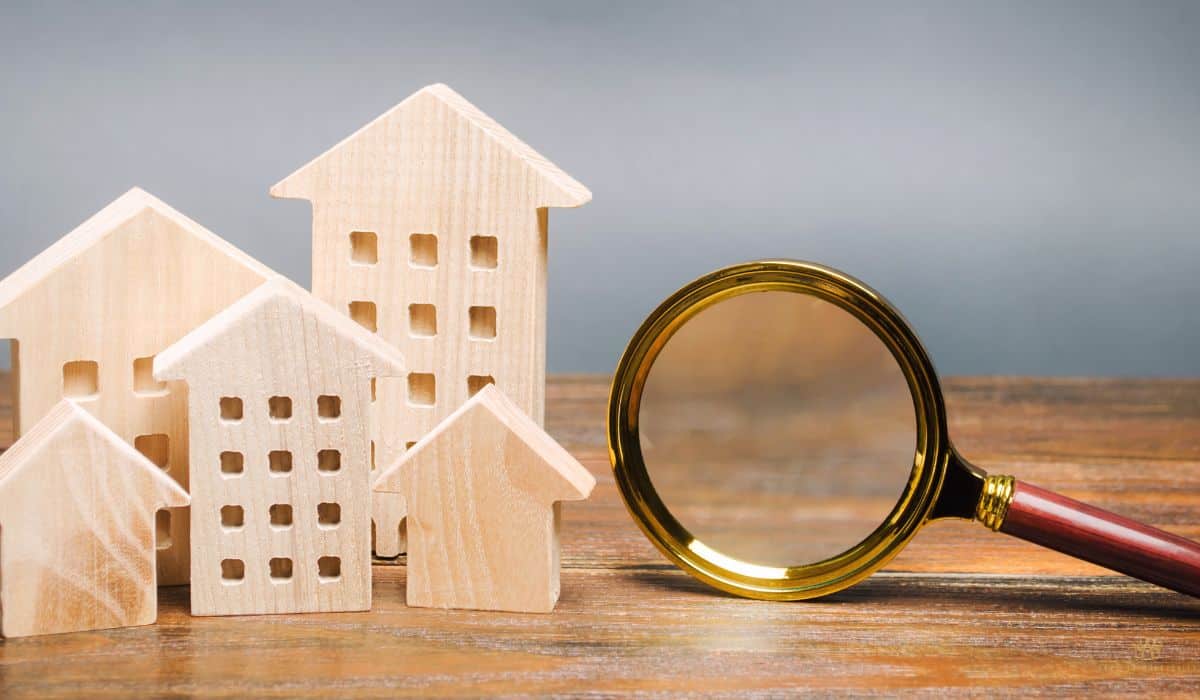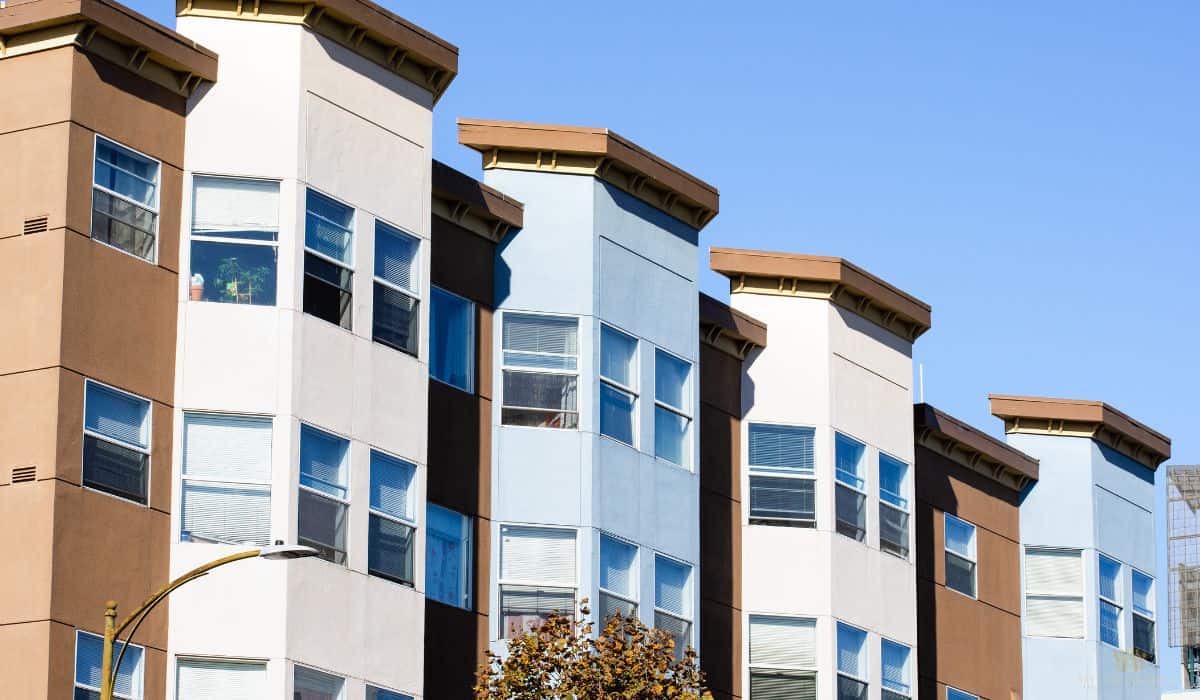
The multifamily market is exploding: from $265B in 2022 to a projected $466B by 2030, growing 7.3% annually. This isn’t just another investment trend. Serious real estate investors are making killer returns through smart value-add strategies.
From our experience, implementing the right multifamily property value-add renovation strategy can boost your property value by 20-30% while creating sustainable cash flow.
This guide breaks down exactly how to identify properties with hidden potential, execute renovations that tenants will pay premium for, and manage the entire process without hemorrhaging money.
Earlier, we explored repositioning strategy for commercial buildings to unlock hidden upside. Up next, we’ll examine commercial property development risk assessment to help you make smarter plays.
Also, don’t miss our core overview of the value‑add commercial real estate strategy on our pillar page for deeper context.
Short Summary
- Target below market rents to uncover value add properties with room for improvement.
- Use focused interior upgrades, energy‑efficient upgrades, and smart amenities to boost rental income.
- Phase projects to protect cash flow and partner with property managers for smooth execution.
- Track changes in net operating income and leverage tax benefits to maximize ROI.
Understanding The Fundamentals Of Multifamily Property Value‑Add Renovation Strategy
In this section, we’ll cover: how true value‑add investments differ from core buying, why market dynamics and rental demand matter, the link between renovation costs and potential value, and the timeline and risk tolerance needed for real returns.
Value‑Add Vs. Core Investments
True value‑add means spotting a multifamily property that underperforms, then using targeted upgrades to boost net operating income. Core investments focus on stable cash flow without major work.
- Example: Rents in a 30‑unit complex with outdated kitchens can be raised by 15% after installing stainless steel appliances and fresh paint.
- Tip: Hunt for below market rents, that gap signals room for strategic improvements.
How Market Dynamics And Rental Demand Drive Success
Local market dynamics shape what tenants want. In college towns, high rental demand for modern units trumps fancy amenities.
- For instance, an apartment complex in a growing tech hub prioritized open‑plan floorplans, resulting in rents climbing by $150 per unit.
- Advice: Track job growth and new employers in your area to forecast strong rental demand.
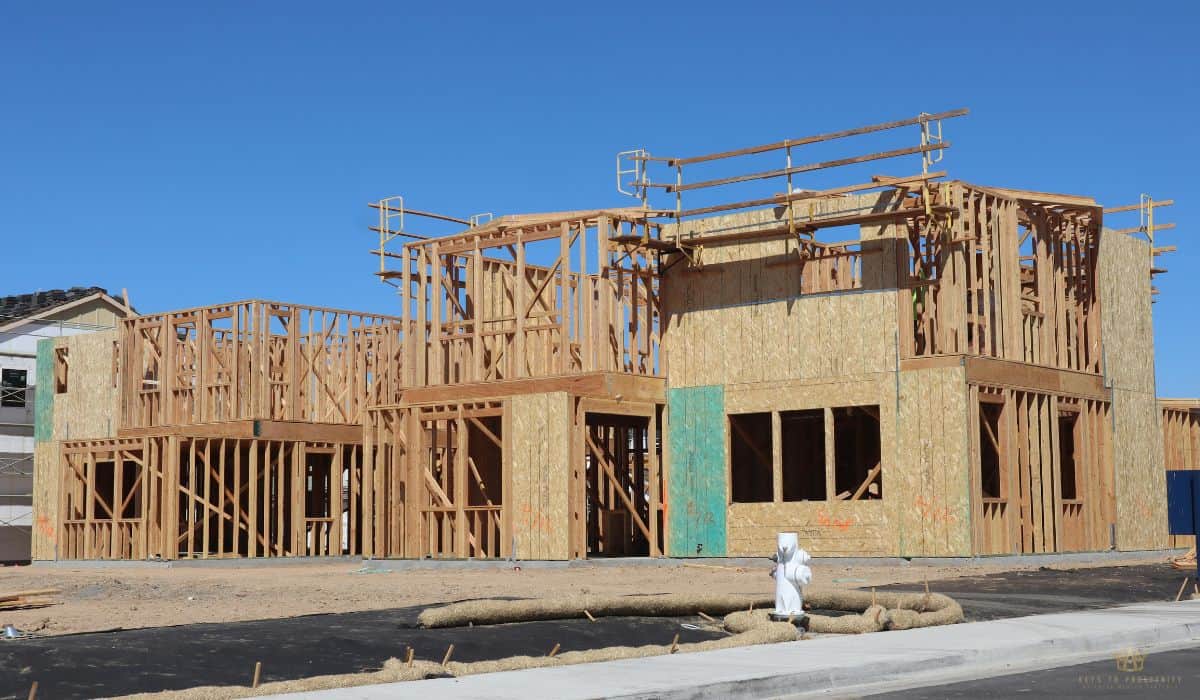
Renovation Costs Vs. Value Increase
Understanding the ratio of renovation costs to value uplift is crucial. Aim for at least a 1.5X return on improvements.
- We estimated a $200 per‑unit paint and flooring refresh would add $400 in market property value per month.
- Practical tip: Keep a detailed budget spreadsheet and update operational improvements line items as prices change.
Timeline And Risk Tolerance For Seeing Returns
Renovations often take 6–12 months before full property performance shows. Your cash flow may dip initially.
- A lobby and exterior facelift, taking over eight months, may mean accepting a short-term NOI drop in exchange for higher long-term gains.
- Consider your risk tolerance: smaller cosmetic projects carry less risk than structural overhauls.
Mastering these fundamentals sets the stage for executing a winning value-add multifamily plan. With this approach, you’ll have consistent cash flow while maximizing investment returns.
Identifying Untapped Potential In Value‑Add Properties
Next, we’ll explore how to spot value add properties ready for uplift by digging into rent gaps, market research, and future market value projections.
Methods For Finding Below‑Market Rents
Search local listings for units renting at least 10% below average in similar multifamily properties.
- Check expired listings; these often hide under market rents.
- Scan Craigslist and Facebook groups to compare advertised rates against city averages.
For example: A 20‑unit building listed for $900 in a $1,100 market screams potential.
Conducting Efficient Market Analysis
- Gather three months of rent comps by neighborhood.
- Plot rental income trends to spot upward shifts.
- Layer in employment data to confirm strong rental demand.
An example: A tech‑driven suburb showed 8% rent growth year-over-year, indicating a safe multifamily investment.

Key Indicators Of Significant Value‑Add Potential
- High vacancy despite good location signals neglected units.
- Outdated interiors that could justify higher rents after interior upgrades.
- Lack of amenities, like no fitness centers, in a sector where peers offer them.
Assessment Techniques For Future Market Value
- Use the income approach: multiply projected net operating income by a market cap rate.
- Employ a pro forma with realistic renovation costs and realistic rent bump assumptions.
- Consult local property managers for on‑the‑ground feedback on tenant preferences.
With these tactics, we’ll zero in on deals where targeted strategic improvements deliver maximum returns.
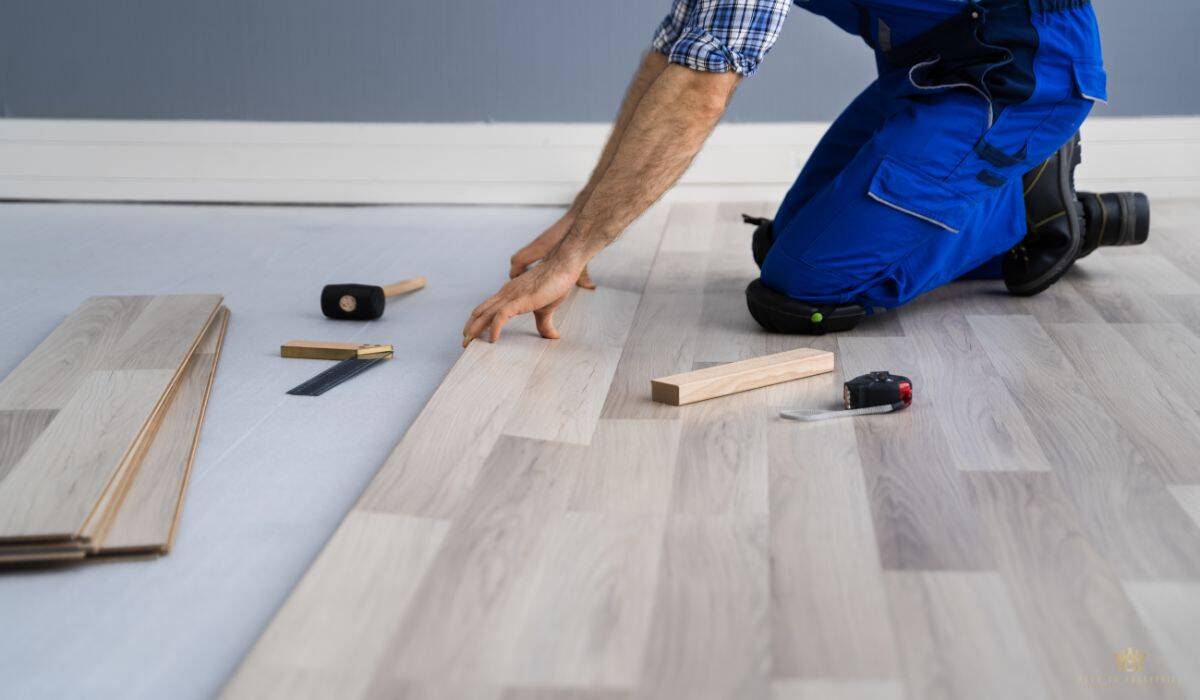
Top Value‑Add Strategies For Enhancing Multifamily Properties
Here, we’ll cover interior upgrades, energy‑efficient upgrades, amenity boosts, and operational improvements that drive property performance and lift net operating income.
Interior Upgrades For Higher Rents
- Unit renovations like replacing old cabinets with stainless steel appliances draw higher paying tenants.
- Refresh flooring and lighting to justify a 10–15% rent hike.
For example: A simple bathroom refinish lets you raise rent by $120 per unit.
Energy‑Efficient Upgrades To Reduce Utility Costs
- Install LED lighting and programmable thermostats for lower operating costs.
- Add double‑pane windows to cut heating and cooling bills by up to 20%.
Tip: Market “green living” to eco‑minded renters and watch rental income tick up.
Strategic Amenity Additions
- A small fitness center in the lobby drives demand and supports higher rents.
- Package lockers for e‑commerce deliveries improve tenant satisfaction.
Example: Introducing a pet‑wash station can boost occupancy in a suburban apartment complex.
Operational Improvements For Cost Savings
- Outsource landscaping and maintenance to reduce labor overhead.
- Implement online rent collection to speed payments and cut late fees.
- Sample tactic: Switching to a single vendor for all cleaning supplies saves 12% annually.
These targeted value add strategies sharpen your investment strategy, create consistent cash flow, and strengthen your edge in multifamily real estate.
Executing Your Value‑Add Multifamily Renovation Strategy For Significant ROI
Now it’s time to bring your value add multifamily plan to life. We’ll outline an implementation roadmap, teamwork with property managers, performance tracking, and tax benefits to balance upfront costs against lasting gains.
Detailed Implementation Plan & Cash Flow
- Phase renovations by building section to keep most units leased and maintain cash flow.
- Prioritize quick‑win upgrades like fresh paint before major mechanical work.
Hypothetical scenario: Scheduling one hallway at a time let us renovate without dropping occupancy below 90%.

Collaborating With Property Managers & Tenant Retention
- Host monthly check‑ins to align on schedules and minimize tenant disruptions.
- Offer rent credits or small gifts during noisy work to boost tenant satisfaction.
Advice: Clear communication reduces turnover and protects consistent cash flow.
Measuring Success Via Net Operating Income
- Track property’s net operating income before and after each upgrade.
- Use a simple dashboard to compare actual versus projected net operating income monthly.
Example outcome: A lobby remodel lifted NOI by 8% in six months.
Leveraging Tax Benefits & Balancing Costs
- Maximize deductions by categorizing upgrades as repairs or improvements per IRS rules.
- Consider cost segregation studies to accelerate depreciation and free up capital.
Note: Small short‑term expenses often unlock larger increased property value down the road.
Pulling these steps together ensures your executing value add strategies yields measurable returns, strengthens multifamily investment strategies, and builds lasting real estate value.
Final Thoughts
Taking a hands‑on value‑add approach can transform underperforming multifamily properties into reliable cash flow generators and grow your property value over time. Start small, track your net operating income, and adjust as you go.Ready to dive into more expert advice on multifamily real estate? Visit our homepage to explore deeper guides and connect with our team.
Frequently Asked Questions
What Qualifies As A True Value‑add Multifamily Property?
A genuine value add multifamily opportunity rents significantly below local comps due to outdated features or poor management. You look for gaps you can close through targeted interior upgrades and operational tweaks.
How Much Should I Budget For Renovation Costs?
Aim for a 1.5X return on any improvement dollar. For example, spending $2,000 per unit on new fixtures should translate into at least $3,000 in added monthly net operating income across the building.
How Long Until I See Returns On A Renovation?
Expect most value add projects to mature in 6–12 months. Quick cosmetic work shows results in 3–4 months, while major mechanical or amenity builds take closer to a year before the full property performance boost appears.
Can Tax Benefits Really Offset Upgrade Costs?
Yes. Classifying work properly—repairs versus improvements—lets you deduct expenses or accelerate depreciation. A cost segregation study often frees up capital by front‑loading those deductions.




